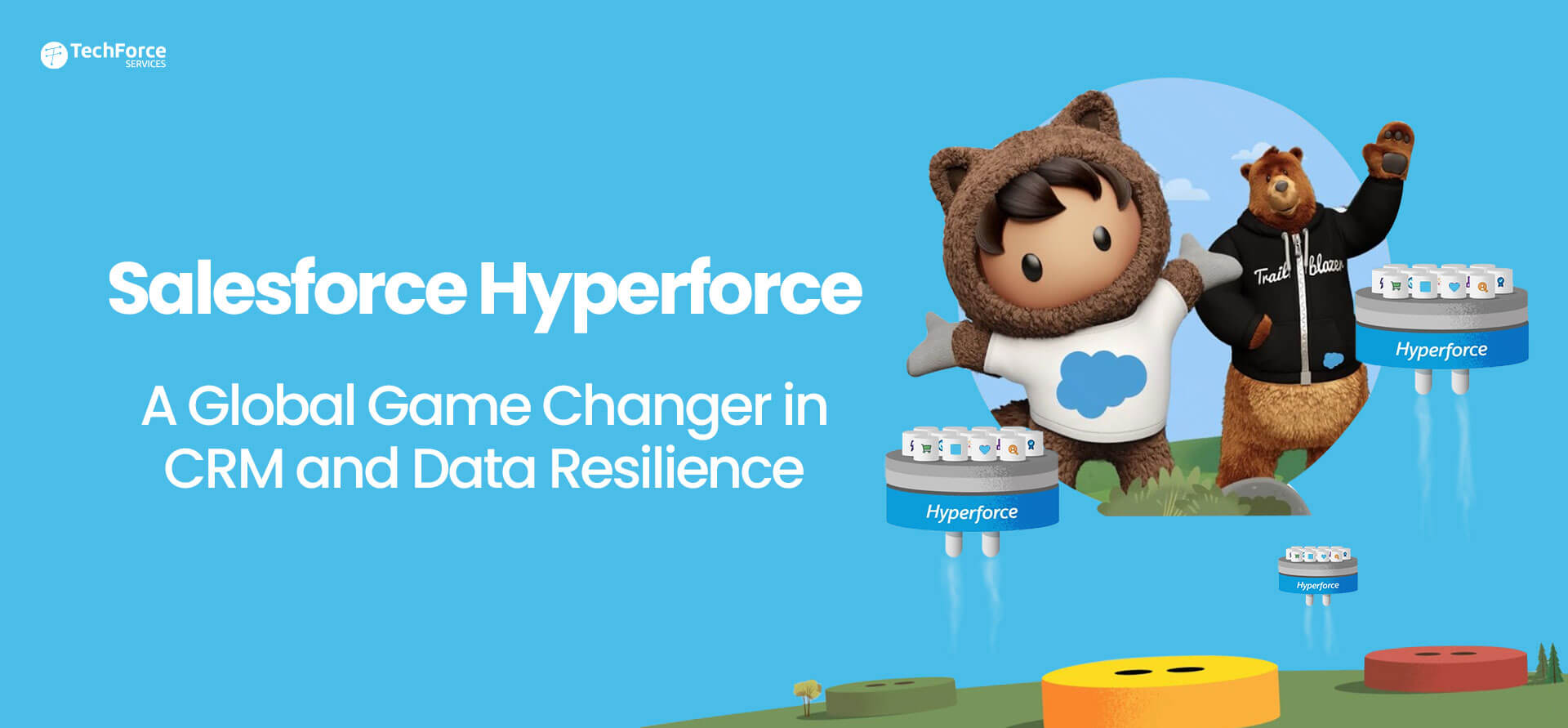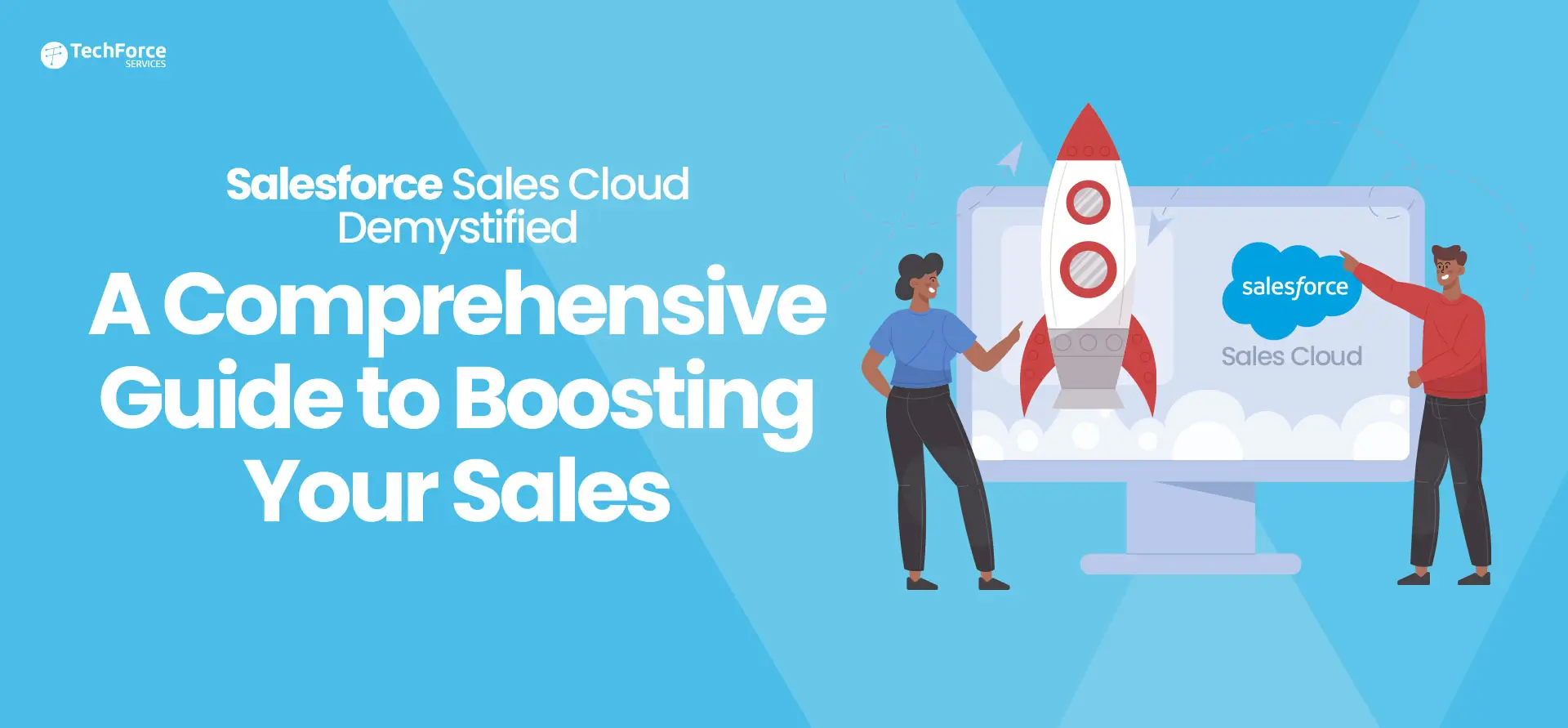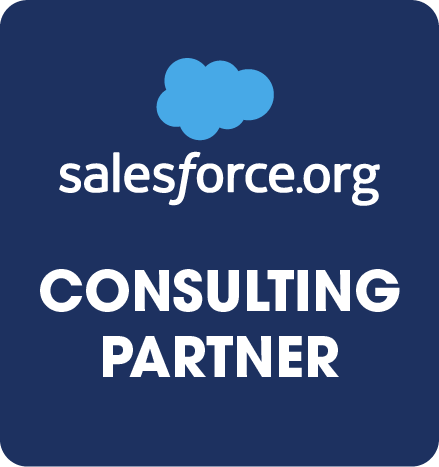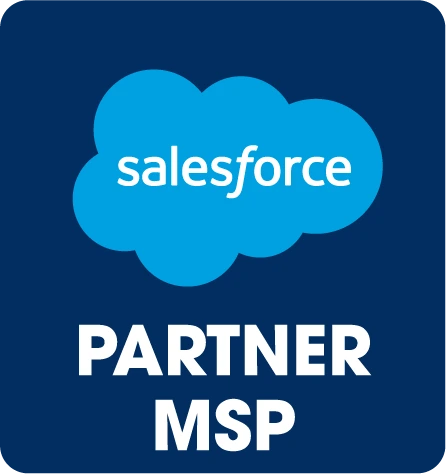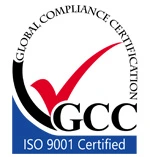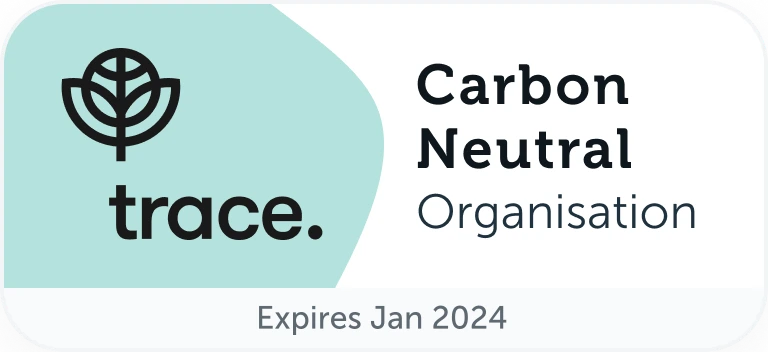Salesforce’s embrace of Hyperforce stems from a fundamental need for global scalability and compliance in an ever-evolving technological landscape. Recognising the imperative to extend their services worldwide, Salesforce sought a solution that transcends geographical constraints. Hyperforce emerged as their answer by launching on December 2, 2020, embodying a cloud-native architecture designed for seamless expansion and flexibility. This innovative approach allows Salesforce to operate on a global scale, complying with diverse data residency regulations and catering to customers’ specific needs. By harnessing the infrastructure of major cloud providers, Salesforce can optimise resource allocation, potentially reducing costs and bolstering competitiveness. Additionally, the cloud-native foundation of Hyperforce facilitates swift innovation, ensuring that Salesforce remains at the forefront of industry trends.
Salesforce has undergone a comprehensive re-architecture to provide an even more robust and scalable platform to support the expansion and success of its global client base. With the size and agility of the public cloud, Hyperforce will enable Salesforce users to securely deploy Salesforce apps and services from any location.
Hyperforce is backward compatible, assuring Salesforce developers that their existing apps won’t be impacted when migrating to the platform. Currently, Hyperforce is available in several countries, including Australia, Brazil, Canada, France, Germany, India, Japan, Singapore, South Korea, Sweden, the UK, and the US for products built on the Salesforce platform.
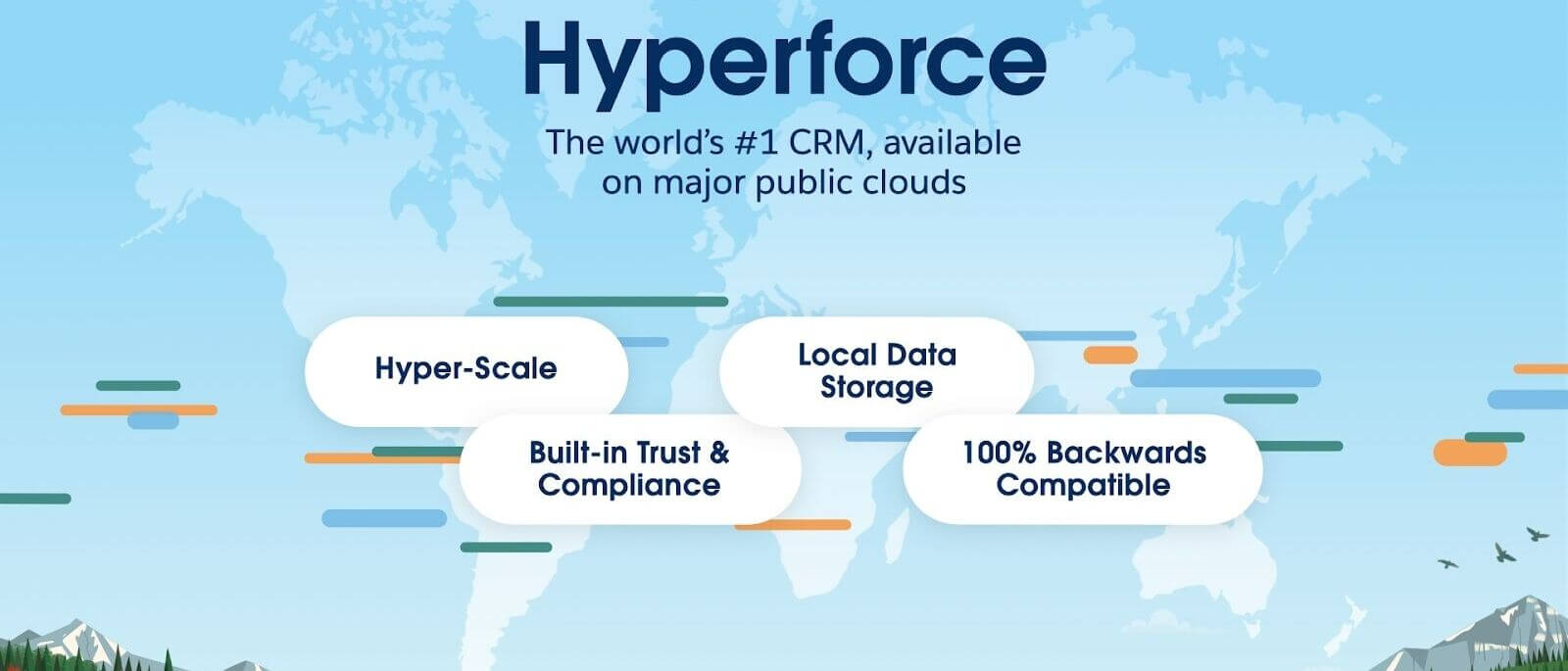
Key Features of Salesforce Hyperforce
Security: Hyperforce is built on a zero-trust architecture, meaning that no one, either inside or outside the firm, is by default trusted with customer data. This enhances security by reducing the risk of human error and ensuring that Salesforce users have appropriate access to data. This increases data security for organisations and their clients.
Scalability: Hyperforce empowers you to integrate scalable functionalities swiftly through a highly adaptable infrastructure. This allows for rapid deployment of resources in the public cloud while retaining complete control over the entire process. This proves especially valuable when rolling out Salesforce applications and services in new countries or regions. Leveraging the public cloud for resource deployment significantly trims down implementation timelines for these new areas, enabling Salesforce clients to rapidly expand and meet the pressing needs of digital transformation in the business landscape. The provision of infrastructure as code also empowers developers to accelerate their workflows and establish easily replicable deployments.
Data Residency: Businesses can store data locally using Hyperforce while maintaining global compliance. You get to pick the place where your data is kept with Hyperforce, enabling adherence to rules exclusive to your business, area, or sector.
Compatibility: Hyperforce is highly compatible and seamlessly integrates with your current Salesforce applications, customisations, and integrations. You also have the option to ensure that your applications remain backward compatible, reducing the likelihood of significant disruptions in the future.
What are the benefits of Salesforce Hyperforce?
Before the introduction of Hyperforce, Salesforce faced constraints in handling extensive data and executing complex computations within its shared infrastructure. Now, with Hyperforce, Salesforce stands on par with major CRM competitors, as clients can employ public cloud resources to host their Salesforce instances. Hyperforce resolves concerns regarding scalability and geographical placement by granting both current and potential clients the freedom to designate the location for their Salesforce instance.
Hyperforce also addresses the challenge of complying with geographical data regulations. It offers solutions to many potential clients who previously grappled with finding suitable options. Existing clients who may presently be non-compliant can now navigate issues tied to merging data and integrating businesses governed by different regulations. Adoption of public cloud infrastructure eases constraints tied to asynchronous queues, such as future, scheduled, and batch jobs, liberating these functions from considerations about other customers’ usage during planning and execution.
Hyperforce Resilience
The Hyperforce resilience model is built on a robust and redundant infrastructure designed to ensure high availability and quick recovery from system failures. Key features of this resilience model include:
Availability Zones (AZs): Hyperforce is configured and deployed across a minimum of three separate locations known as availability zones (AZs). Each AZ operates independently, so if one AZ experiences a failure, such as power or network issues, it does not impact the other AZs, providing fault tolerance and isolating system failures.
Standardized and Automated Processes: Hyperforce relies on standardized and automated processes to create and deploy a comprehensive operating image. This image encompasses the infrastructure, operating system, applications, and configuration. Importantly, these images are defined and managed as code, allowing for consistency and traceability in the deployment process.
Frequent Deployment Exercises: The deployment process is frequently exercised to replace individual instances, such as applying patches or updates. This practice helps maintain system health, security, and performance.
Disaster Recovery Built on Standard Deployment: The Disaster Recovery processes for covered services are built upon the standard deployment process, ensuring disaster recovery is carried out using a well-understood and continually validated process, reducing the risk of disruptions during recovery efforts.
In summary, Hyperforce’s resilience model leverages multiple availability zones, automation, and standardized processes to provide high availability, fault tolerance, and a robust disaster recovery framework, aiming to ensure minimal disruption in the face of system failures.
Cost Factor
According to Salesforce, migrating to Hyperforce does not incur additional costs, and residing on the Hyperforce infrastructure does not come with any financial implications for existing users.
Verifying Instance Status
To verify the instance status, users can follow specific steps, including locating their Instance ID, verifying it in the Hyperforce Instances List, and comparing it to the listed instances.
Steps for Verifying Instance Status
- Go to Setup in your Salesforce instance.
- Navigate to Company Information.
- Visit the Salesforce Help article at the provided link: https://help.salesforce.com/s/articleView?id=000382217&type=1
- Navigate to Company Information.
- Compare the Instance ID you located in Step 1 with the Hyperforce instances listed in the article from Step 2.
If your Instance ID matches with one of the Hyperforce instances listed in the article, then your Salesforce instance has been migrated to Hyperforce. If it doesn’t match, then your instance is not on Hyperforce.
Org Migration
To migrate to Hyperforce, certain steps should be followed, including enabling My Domain, removing hard-coded references to Salesforce URLs, checking network settings and email security filters, refreshing integrations, and refreshing DNS cache. Users can also follow Salesforce’s provided Pre & Post Org migration checklist for additional guidance.
Steps for the Org Migration
- Enabling My Domain: Ensure that you have My Domain enabled. If you have any hard-coded references to Salesforce URLs (e.g., na1.salesforce.com), update them to relative URLs (e.g., login.salesforce.com or your My Domain subdomain) before the org migration.
- Removing Hard-Coded References: Check for and update any hard-coded references in your Salesforce setup.
- Check Network Settings and Email Security Filters: For orgs in Salesforce owned and managed data centers, review and update your corporate network settings and email security filters to include the newest Salesforce IP ranges.
- Refresh Integrations: Prepare to refresh your integrations if you encounter any issues after the maintenance.
- Refresh DNS Cache: If you see a "Maintenance in Progress" alert on your login page following the maintenance window, refresh your DNS cache.
- Cache Certificates: If you locally cache certificates, stay updated with the latest certificates by joining the Certificate Changes group in the Trailblazer Community.
- Hyperforce Upgrade (if applicable): If you're scheduled to upgrade to Hyperforce, run the in-app Hyperforce Assistant and follow the recommendations in the provided article to avoid unintended service disruptions. This may include replacing IP allow lists with modern alternatives.
- Avoid Starting Large Jobs: Don't initiate large jobs within 72 hours of the start of the maintenance window to ensure sufficient time for processing to complete.
- Remove Certificate Pinning (for Hyperforce): If you're upgrading to Hyperforce, remove any certificate pinning in your mobile app and/or API connections.
Along with these steps follow the Pre & Post Org migration checklist as provided by Salesforce, which is accessible here – https://help.salesforce.com/s/articleView?id=000386897&type=1
Related Read: What Is Salesforce Data Migration
Conclusion
Salesforce Hyperforce represents a significant step in the company’s mission to provide global scalability and compliance to its clients, making it a game-changer for Salesforce experts. By leveraging a cloud-native architecture, robust security, scalability, and data residency features, Hyperforce has transformed the way businesses manage and deploy Salesforce applications. It offers a resilient model to ensure high availability and recovery from system failures, and the transition to Hyperforce is seamless and cost-effective for existing users. With Hyperforce, Salesforce is well-positioned to meet the diverse needs of its global client base and remain at the forefront of the CRM industry.

